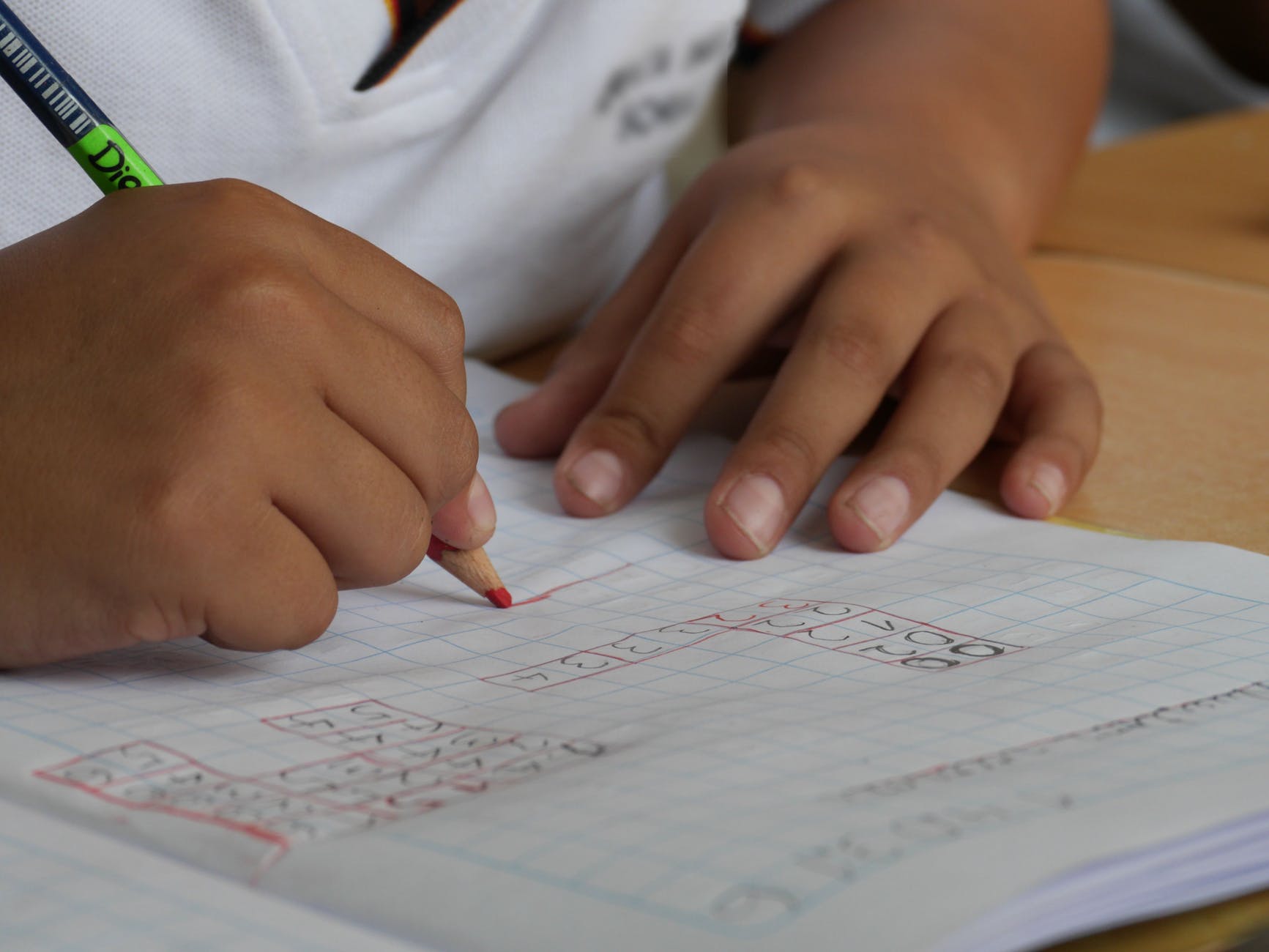Lifestyle
7.20.2018
In Figures : Middle-East’s Progress in Education

Most of the countries in the Middle East and North Africa region have made significant improvements in their education systems, including children school’s enrolment, attendance and completion in general.
The number of out-of-school children decreased from 15 million in 2008 to 12.3 million in 2015. The school enrollment rate in the region reaches 92%, it is 94,5% in Saudi Arabia, 95% in United Arab Emirates (UAE), the same rate as in Europe, but 82% in Lebanon.
There isn’t a wide gap between girls and boys, from 0 to 3 points maximum regarding the enrolment, attendance and completion rates, although in some countries classes are still not mixed, such as Bahrain, Saudi Arabia or Jordan. Girls represent the majority of graduated students in higher education with rates ranging from 55.2% in the UAE to 60% in Saudi Arabia and Bahrain. They also have higher ranks in universities, although they are still facing major challenges to enter the professional world.
Despite gaps between the countries in the region, especially regarding pre-primary and secondary levels, the majority of the population is now literates with rates ranging from 75% in Egypt to 97% in Saudi Arabia or Qatar. The average rate is 96% for the Gulf countries, it is 85% over the entire Arab world for the 15- to 24-year-old population to 73,5% back to 1990.
Such progress has been possible thanks to investment made in education over the years. But they remain irregular, rising from 3.9% of the region’s GDP in the 1980s to 6% in the early 2000s and 4,46% in the last decade. It counts currently for 2.5% of GDP in Lebanon or Bahrain, 6% in Oman or Tunisia and about 5% in Saudi Arabia.
Sources: UNICEF, World Bank
popular

